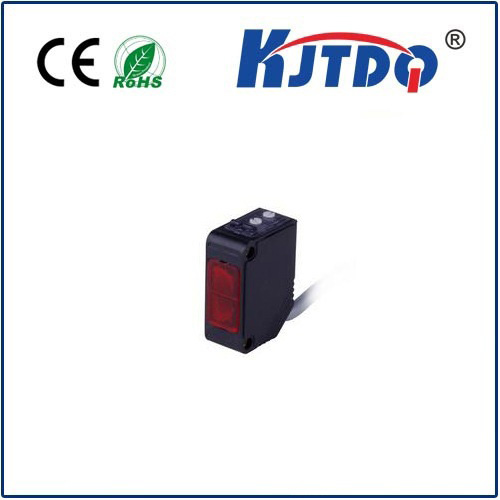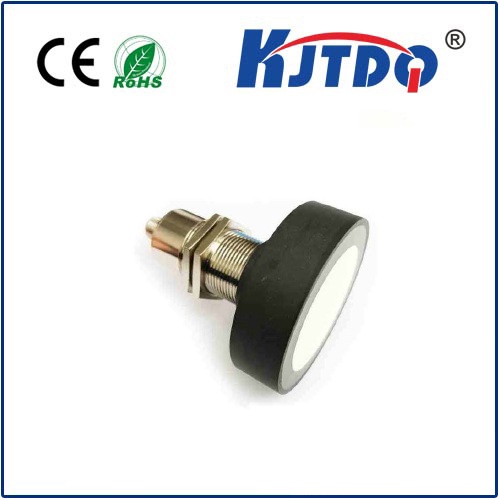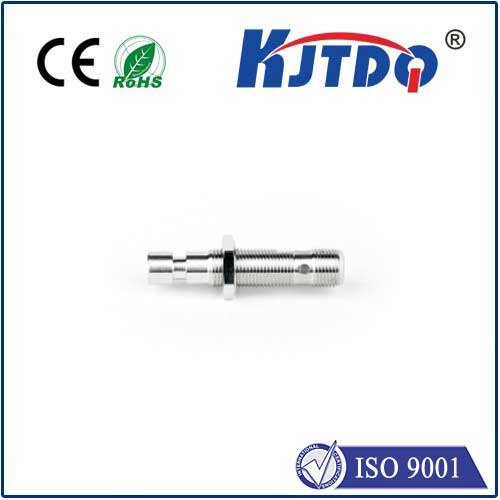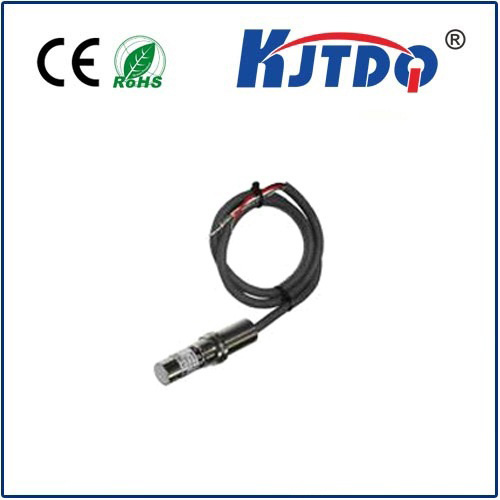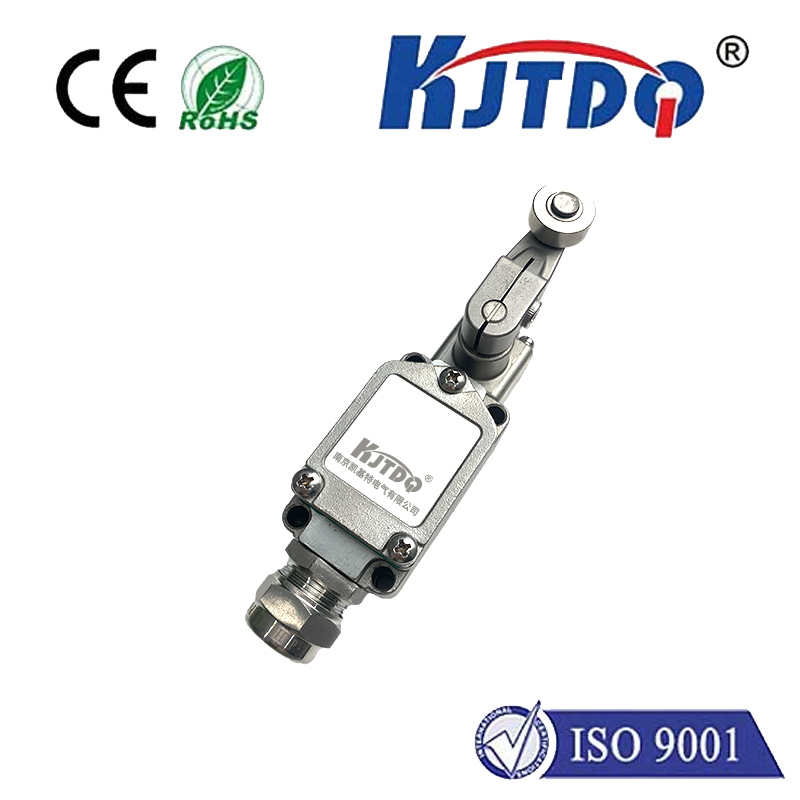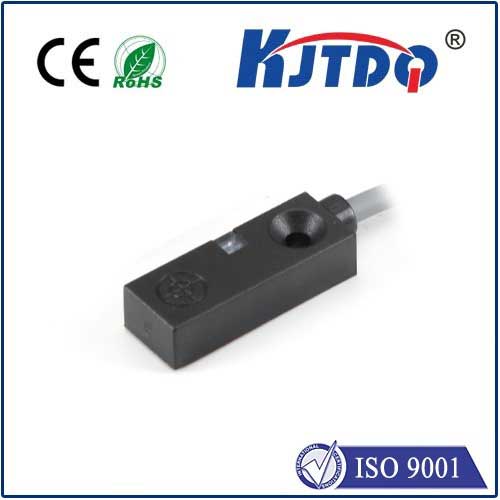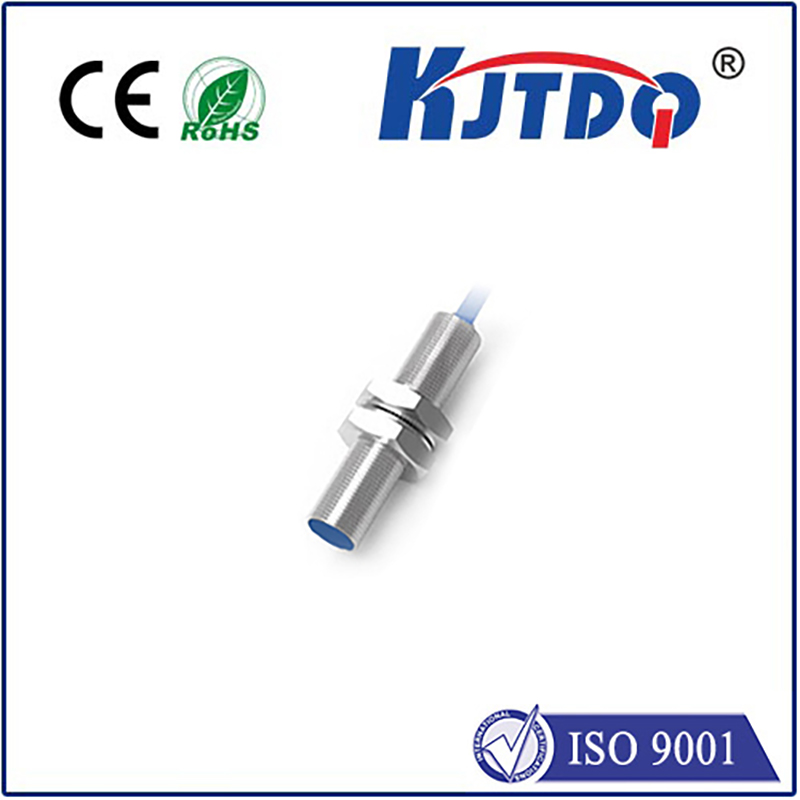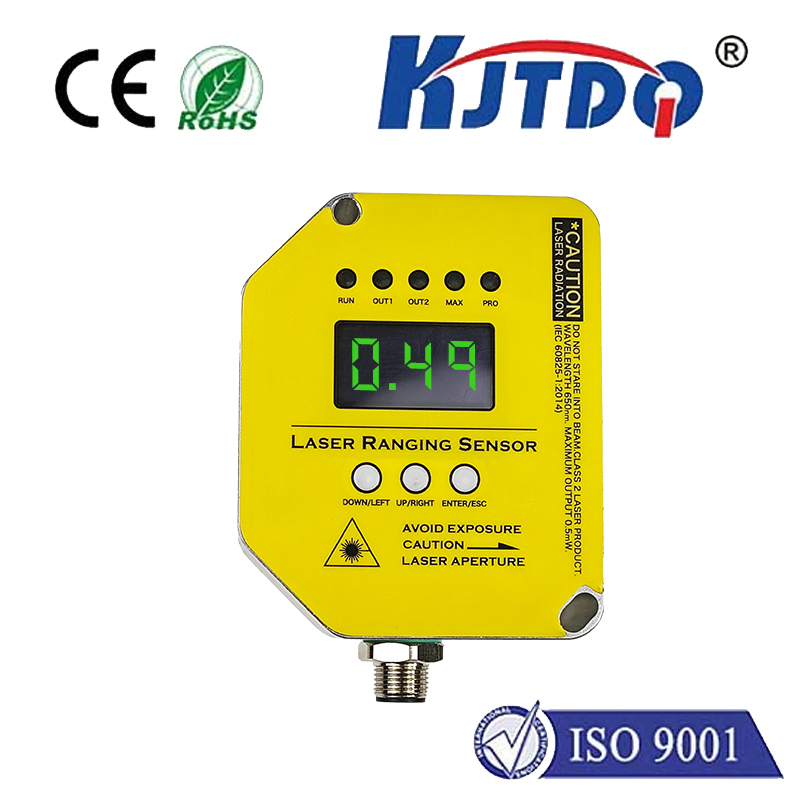

check

check

check

check
Title: The Versatile Applications of Waterproof Proximity Switches
Waterproof proximity switches are innovative devices designed to detect the presence or absence of objects without physical contact. These switches operate using various technologies, such as inductive proximity sensors, capacitative sensing, ultrasonic detection, and photoelectric sensing. Their waterproof feature makes them highly suitable for use in harsh environments where moisture and contamination can compromise equipment performance. In this article, we will explore the diverse applications of waterproof proximity switches and how they contribute to improving industrial processes and consumer electronics.
One significant area where waterproof proximity switches excel is in manufacturing industries. In assembly lines that involve liquids or require frequent cleaning, traditional switches would be susceptible to failure due to water or chemical exposure. However, waterproof proximity switches can withstand these conditions, ensuring uninterrupted production and reducing downtime caused by maintenance and repairs. For instance, in food processing plants, these switches can monitor product flow while resisting the high humidity and frequent cleaning procedures inherent to the industry.

Similarly, waterproof proximity switches play a vital role in automotive engineering. They can be found in engine compartments, brake systems, and wash-down areas where vehicles are cleaned. By reliably detecting parts or fluid levels under moist conditions, these switches improve vehicle safety and performance. In the marine industry, waterproof proximity switches are crucial for monitoring bilge levels or detecting the proximity of docks and other vessels without the risk of corrosion from saltwater exposure.
In the construction sector, waterproof proximity switches enable heavy machinery to function more efficiently. Earthmoving equipment and concrete mixers often operate in wet and muddy conditions, which can wreak havoc on electrical components. With robust waterproof switches, construction sites can maintain reliable equipment operation, even in the face of inclement weather and challenging terrain.
Moreover, waterproof proximity switches have become essential in the medical field, particularly in sterilization processes where surgical instruments are washed and disinfected regularly. These switches can monitor inventory levels of tools and equipment within sterilization chambers without fear of damage from steam or cleaning chemicals, thereby enhancing hospital efficiency and patient safety.
For consumer electronics, waterproof proximity switches provide an added layer of convenience and durability. Smartphone manufacturers incorporate them into their designs to create water-resistant devices capable of enduring accidental spills or being submerged momentarily without damage. This feature has become a significant selling point for outdoor enthusiasts who desire technology that can keep up with their active lifestyles.
In conclusion, waterproof proximity switches offer a range of benefits across multiple industries. Their ability to detect objects without direct contact while withstanding moisture makes them indispensable for applications requiring reliability and longevity in harsh conditions. As technology continues to advance, these versatile switches will likely find new applications, further cementing their importance in both industrial and consumer markets.


